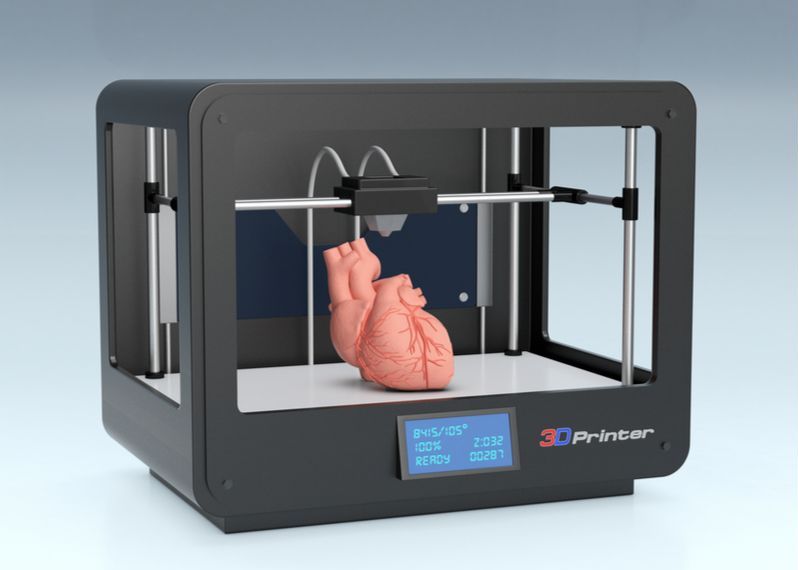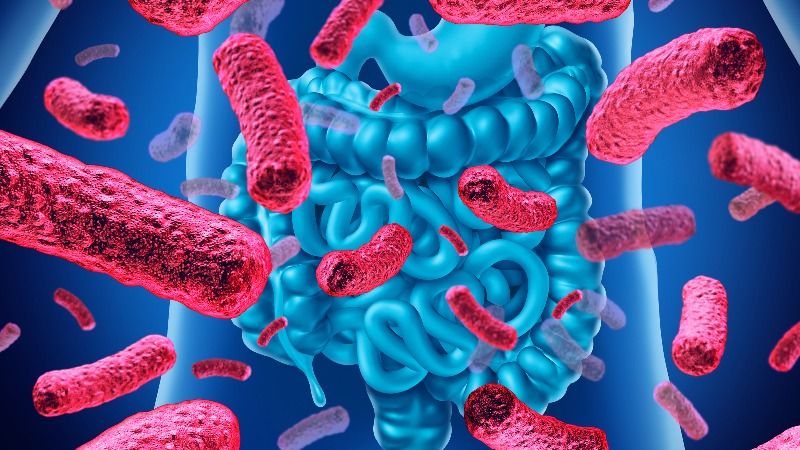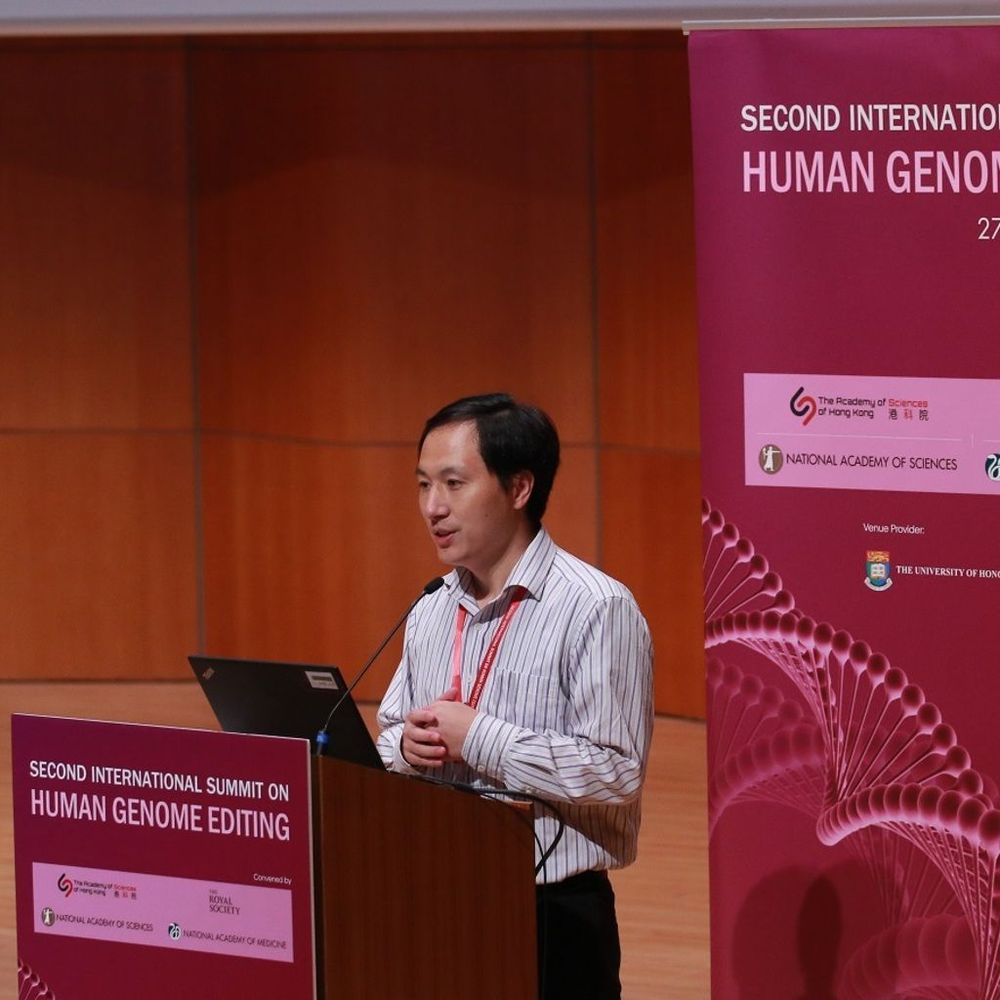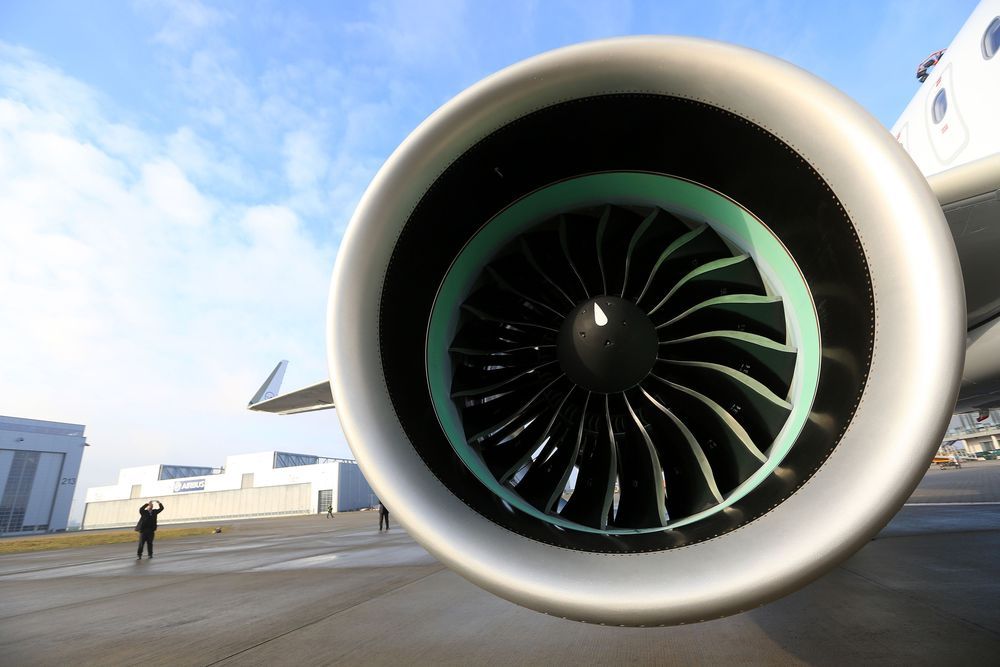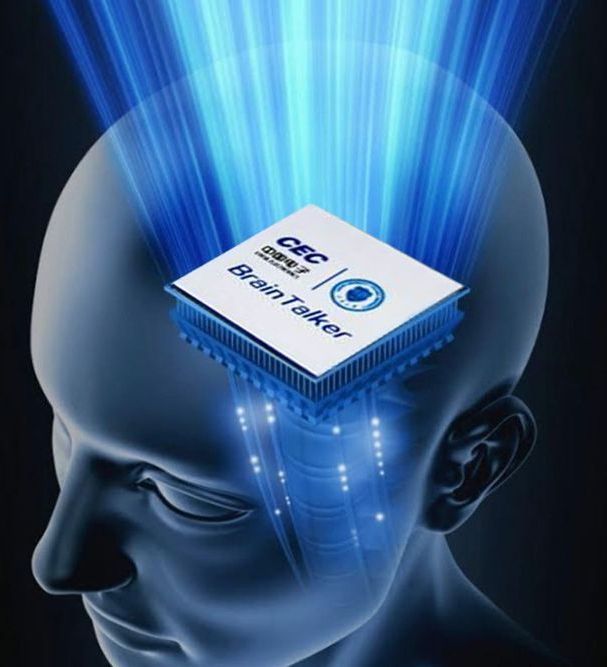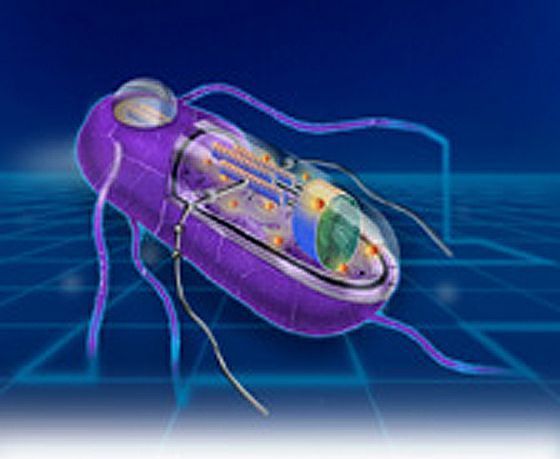Imagine buzzing the skin over an internal wound with an electrical device and having it heal over just a few days – that’s the promise of new nanochip technology that can reprogram cells to replace tissue or even whole organs.
It’s called Tissue Nanotransfection (TNT), and while it’s only been tested on mice and pigs so far, the early signs are encouraging for this new body repair tool — and it sounds like a device straight out of science-fiction.
The prototype device, developed by a team at Ohio State University, sits on the skin and uses an intense electrical field to deliver specific genes to the tissue underneath it. Those genes create new types of cells that can be used nearby or elsewhere in the body.
